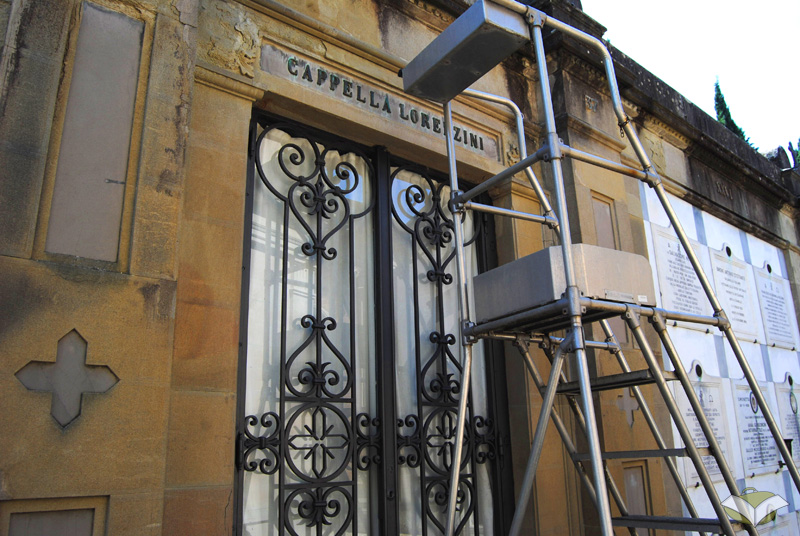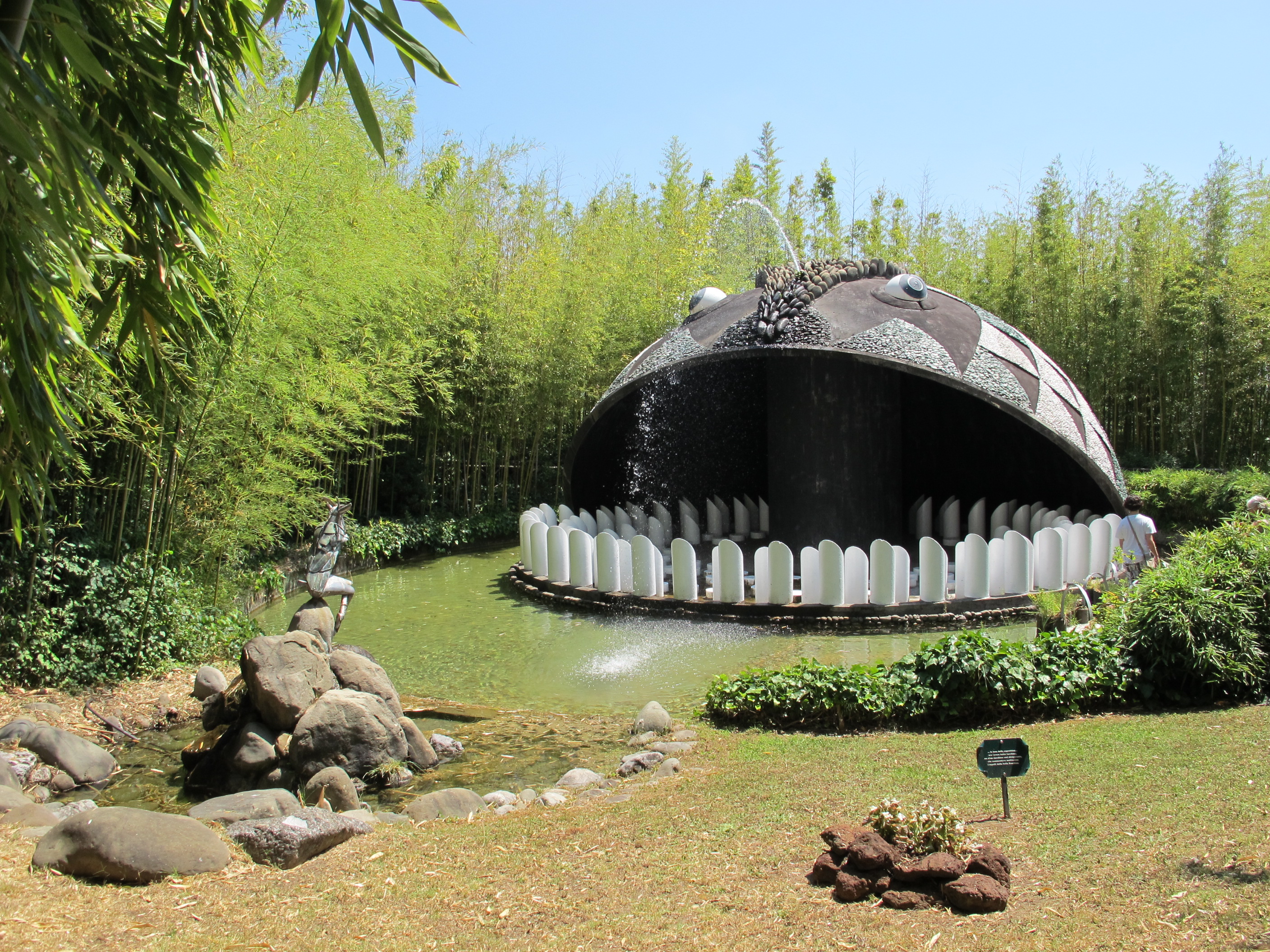The Florentine Carlo Lorenzini certainly could not think that one of his books would be the best-selling Italian text in the world after being translated into 240 languages. We are talking about Pinocchio and its author Carlo Lorenzini, aka Carlo Collodi.
A bit of biographical story

Carlo Lorenzini was born in Florence on November 24, 1826 to the chef Domenico Lorenzini and the seamstress and waitress Angiolina Orziali.
Domenico Lorenzini was in the service of the Marquis Ginori in Florence while his wife worked under the Marquise Garzoni in Collodi, a small village near Pescia.
Alberto Savinio tells us, in his book Narrate, uomini, la tua storia, that the two met in the garden of Collodi where they were working and that suddenly the love that led them to join in marriage was born.
It may have been the almost fairy atmosphere of the beautiful Villa with its terraces and the overbearing staircase, adorned with mosaics and enriched by plant labyrinths, arches, marble statues, fountains and an intriguing nymphaeum, but between Lorenzini and Orziali it was a real love at first sight.
She, daughter of the farmer who had the task of managing the farm of Veneri right on the borders of Collodi, was conquered by the cook of the Ginori and agreed to create a family together. From the union were born 10 children and the eldest son was given the name Charles.
The child was facilitated in his studies by the Marquis Ginori, who helped him significantly, although Carlo spent part of his childhood mainly with his maternal grandfather before entering in 1837 in a seminary in Colle Val d'Elsa where he remained until 1842 where, although he did not complete his studies to become a priest, he had a good education.
In 1842 he moved to Florence and for about three years studied philosophy and rhetoric in a school of the Piarist Fathers. At about twenty years old the young Carlo, who already worked for a bookstore in Florence writing comments for their catalogs, began to publish articles for L'Italia Musicale totally embracing the profession of journalist and writer.
Maturity

Carlo Lorenzini wrote "The Adventures of Pinocchio" when he was now a well-known writer with a long career already behind him.
Many were the newspapers he founded and directed including, "Il Lampione" which looked with sympathy at the Carbonari uprisings of '48 and which was closed by order of the censorship of the then Grand Duchy of Tuscany (it was reopened after the annexation to the Kingdom of Sardinia in 1860).
Lorenzini managed to publish a few years later the first children's book: it was the translation of some French fables and entitled "The tales of the fairies".
The idea of telling the stories of an imaginary character, through which to explain the notions to be learned, allowed the creation of some books – published between 1877 and 1890 – for school use such as "Minuzzolo" and "Giannettino".
It was in 1881 that Lorenzini published in the "Giornale per i bambini", the first episode of Storia di un burattino, a series that ended two years later and that the writer collected in what was the first edition of "The adventures of Pinocchio: story of a puppet".
The writer, however, continued to publish many other short stories, always for children, testifying that even he was not realizing the potential of the wooden puppet of which he was telling the story.
He decided to sign himself Carlo Collodi, borrowing the name of his mother's country.
In 1890, when he was staying at his brother Paolo's house in Florence, Collodi died suddenly and was buried in the tomb that the family had at the monumental cemetery of San Miniato al Monte.
Paolo Lorenzini, brother of Carlo Collodi, donated many documents and papers of the writer to the National Central Library of Florence , which are still kept today.
Carlo Collodi and his relationship with the territory of Pistoia

When we think of the author of Pinocchio, instinctively we are led to combine the same with the small village, often ignoring what was objectively the relationship that existed between the writer and this fraction of Pescia.
Collodi is a medieval village whose first testimonies date back to the twelfth century. The little Carlo, although born in Florence, lived his first years with his maternal grandfather in Collodi and it was the marquises who "sponsored" his studies. It should be emphasized that this umbilical cord with Collodi and the noble Villa Garzoni, will never be cut throughout the course of the writer's life.
In this green space a few kilometers from Pistoia was conceived in 1953, at the behest of the then mayor, a national competition to create a monument dedicated to the famous wooden puppet on the occasion of the 70th anniversary of the publication of the first episode in the Children's Journal. Assigned the task, the idea developed further and three years later thanks to public and private grants were found the funds to create a park totally dedicated to the adventures of Pinocchio.
Walls that reproduce the main scenes of the fairy tale, colorful mosaics that indicate the path to follow, hedges that frame statues and other elements that recall the characters of the puppet's adventures, a relaxing grove of holm oaks and a sort of body of water where a fixed installation in the shape of a whale is placed, constitute a space that cannot be defined as an amusement park, in this similar to the Tarot Garden, rather an educational theme park for children that expressly refers to the most famous children's story in the world.
Today visitors can also get to know the Pinocchio Museum with its Virtual Library which is home to exhibitions and events dedicated to readings for children, as well as hosting workshops for the creation of puppets. Finally, some vintage rides are available inside the park for the little ones.
image sources: biografie online, turismo letterario, hynerd










 Map
Map